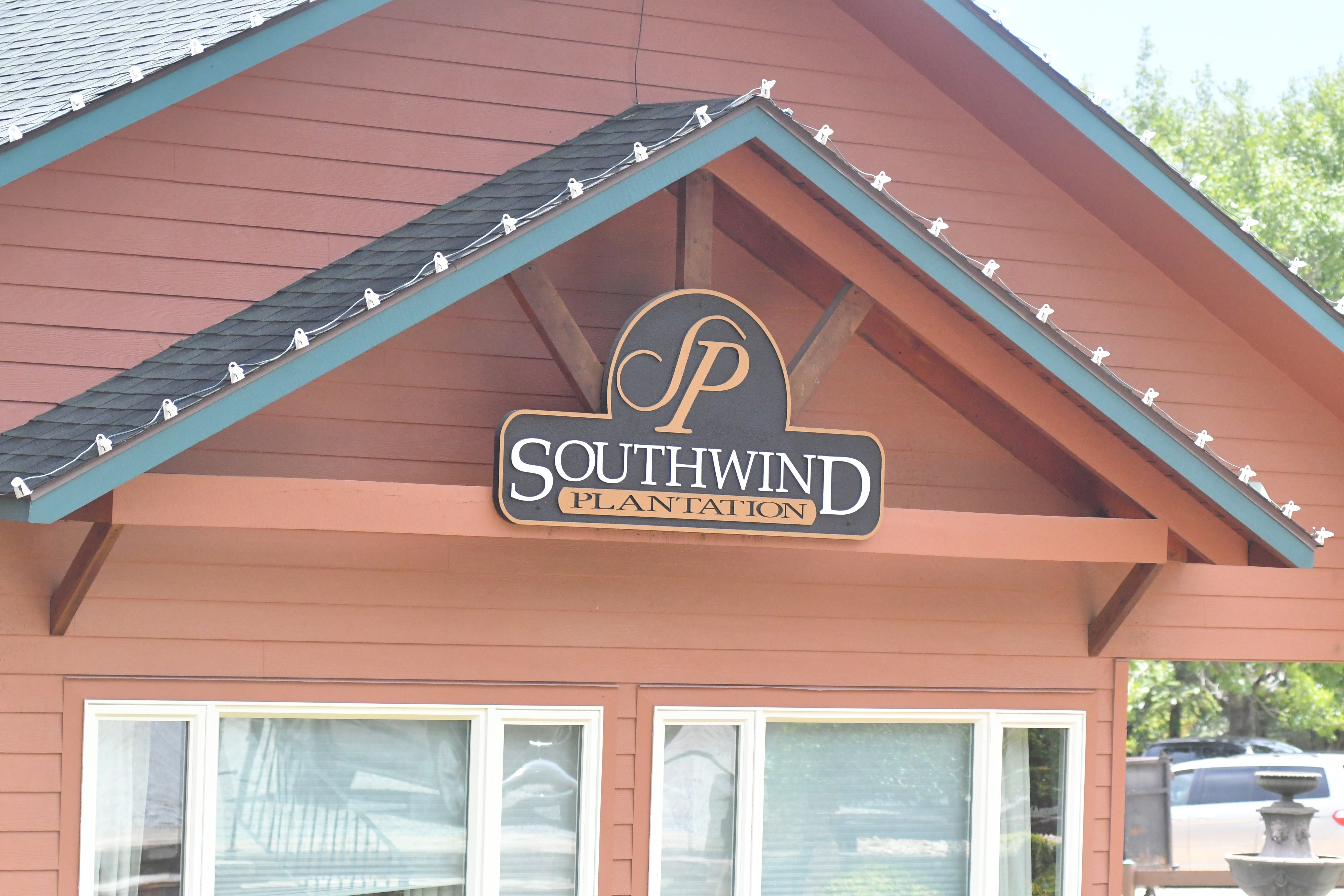County appears ready to vote for 1.5-mill increase
Published 9:30 pm Tuesday, May 28, 2013
After Tuesday’s budget workshop, it appears that the Decatur County Board of Commissioners will vote to raise the county’s millage rate by 1.5 mills.
The county faces a $3.3 million cash shortfall by the end of the 2013 calendar year, and County Administrator Gary Breedlove told commissioners Tuesday that he believed a three-mill increase would be the best remedy to the county’s immediate financial woes. A mill is roughly equivalent to $1 in property tax on every $1,000 of assessed property value.
“I believe we need three mills to get ourselves out of this hole and move back toward solid ground,” Breedlove said.
Trending
Commissioners Frank Loeffler and Dennis Brinson said Tuesday they were comfortable with voting for a three-mill increase, but other commissioners expressed concerns with that proposal.
Commissioner Dr. David C. “Butch” Mosely said he would like to see an increase of one mill or 1.5 mills in the first year, and then possibly slightly increase the millage rate again in subsequent years, if it is warranted.
“Let’s see if we can’t dig out of this hole in three years, instead of just one,” he said.
Commissioner Jan Godwin said “I probably wouldn’t vote for more than a mill and a half,” while Chairman Russell Smith also agreed he likely wouldn’t vote for anything more than 1.5 mills.
Commissioner Oliver Sellers said he was opposed to an increase of three mills.
“I’m still sort of uncommitted but I know I won’t be voting for three mills,” he said. “My [constituents] won’t like it.”
Trending
Smith said that he was hoping the county could come to a consensus on the issue, and asked Sellers if he would be willing to vote on any millage rate increase.
“I doubt it,” Sellers said.
Mosely questioned whether the vote needed to be unanimous.
“We’re six individuals and everyone needs to vote their conscience on this,” he said.
Loeffler said that one reason he was in favor of the three-mill increase is because Decatur County’s property tax rate is relatively low comparable to nearby counties. He said that even if the county’s millage rate increases by three mills, it would still be lower or similar to the rates in other rural southwest Georgia counties.
Brinson also agreed that a three-mill rate was the best solution.
“If we don’t do what we can do right now, we’re going to be in an even bigger hole down the road,” he said. “That three mills is probably our best option.”
The county’s fiscal year ends June 30, and a new budget must be in effect by that date.





